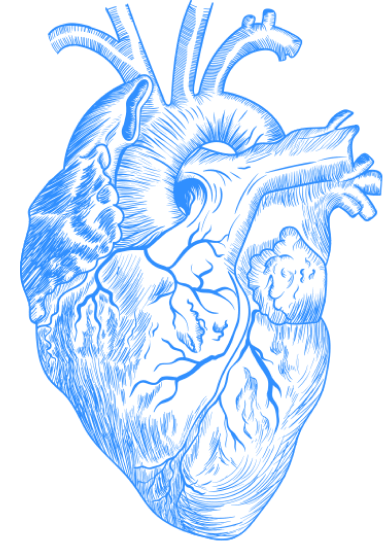

What would you do if you only had three years left to live? I remember, in middle school, discussing a version of this question with my friends. Sometimes we presented each other with a timeline of three weeks, sometimes just three days, but the scenarios all had similar preconditions: you have no obligations and it doesn’t matter if you spend all your money. Our answers were all similar. We proposed travelling to exotic places, tasting unusual foods, and performing daredevil tricks like bungee jumping or skydiving. Indeed, the question did not really concern death’s imminence. It was more about what one would do with a lot of money and a limited amount of time. We were so young, we didn’t fully grasp that such a situation could ever truly exist.

It began with a fall. The patient, a fifty-eight-year-old woman, was not usually clumsy. She kept everything neat around the house and remained active, walking daily with her husband and their dog. She brushed it off as an aberration. Then, she fell again the next week; a third time the week after. The falls slowly became more frequent. Once she began to experience clumsiness in the right arm as well, she and her husband agreed something was not right — it was time for a visit to the doctor. Her doctor diagnosed her with ALS.
Amyotrophic Lateral Sclerosis (ALS), also known as Lou Gehrig’s disease, begins for most people like it did for this patient. It starts so subtly that it is almost impossible to diagnose when symptoms first appear. Neuroscientists and neurologists know very little about what causes the disease but its effects are well-understood. It leads to slow and progressive death of motor neurons (nervous system cells that carry signals which allow our muscles to contract) in the anterior horn cell body, a portion of the spinal cord containing the origins of motor neurons. In fact, peripheral nerves from the spinal cord innervating muscles (often referred to as lower motor neurons) and central nerves from the brain which send signals to the spinal cord (upper motor neurons) both die off, causing two different sets of symptoms. The loss of lower motor neurons leads to muscle atrophy: the muscles look smaller, are weaker, and have diminished reflexes when a neurologist uses a reflex hammer. The loss of upper motor neurons exaggerates reflexes and causes uncontrollable muscle firing, leading to muscle stiffness and spasms. Very few diseases combine these symptoms; polio and ALS are two of them. Because of this, whenever a neurologist finds upper and lower motor neuron symptoms in the same patient, he or she immediately considers ALS as a possible diagnosis.
ALS spares certain functions, though. Patients retain bowel and bladder control, tactile sensation, and eye movements. Additionally, cognitive abilities are frequently untouched. Unlike in Alzheimer’s disease, where patients are not fully cognizant of their march toward death, ALS patients know all too well what is happening. ALS drags the helpless patient, with no ability to kick or scream, toward his or her end. There is no therapy to reverse ALS. Treatment involves medication for depression, muscle spasms, and anxiety. Riluzole, an NMDA inhibitor, may extend life by a short period of time.
Patients eventually require a tracheotomy, a surgical windpipe for a breathing tube, and a ventilator as respiratory failure ensues. The example of Stephen Hawking, the famous physicist who has lived with the disease for more than a half century, is an extreme outlier: the median survival time with ALS is just three years from the onset of clinical symptoms. About 80 percent of people with ALS die within five years of their diagnosis.

Our patient wanted a second opinion about her diagnosis from an academic physician at a large medical center, which is what brought her to the office. She stoically retold her story to us and further described her symptoms. Her motions were so clumsy and uncoordinated that she could no longer sew as efficiently as she used to. She fumbled when turning a doorknob, inserting a key into a lock or using a spatula. Walking was a struggle, too — she leaned on her husband to avoid falling.
After a thorough physical exam, the second opinion offered by the attending physician merely confirmed the first opinion the patient had received. She had upper and lower motor neuron symptoms and no evidence of any other cause for them besides ALS. There, in the office with her husband, she began to sob. At fifty-eight years old and a few years left before retirement, she was going to die. Her husband teared up, too, and sat with his arm around her. We responded with silence, perhaps the best response to such tragic news. After about thirty seconds, she looked up at us, bleary-eyed, and asked what would now happen. Physical therapy, riluzole, antidepressants — yes, she would start all of these. But I’m not sure that’s what she really wanted to know. What should she, a wife and mother of three with a newborn grandchild, do with her last three years?


